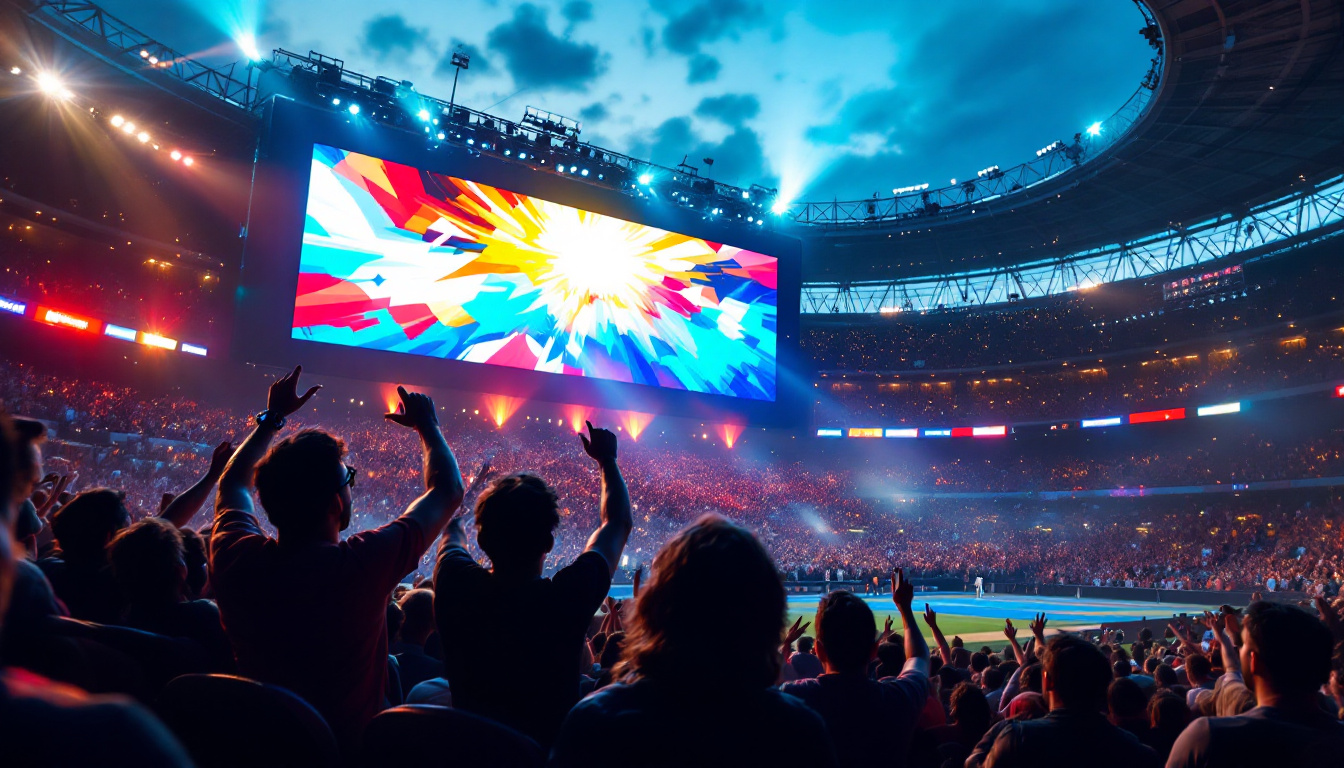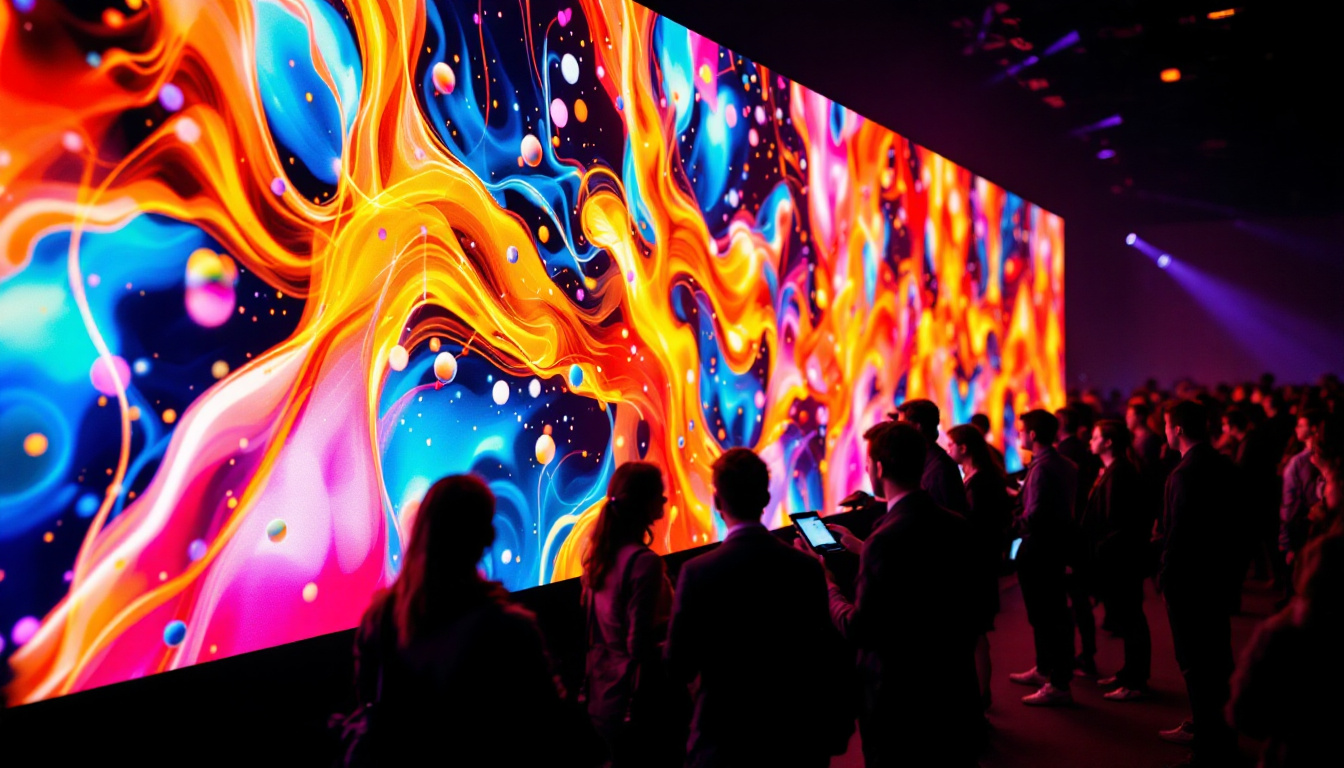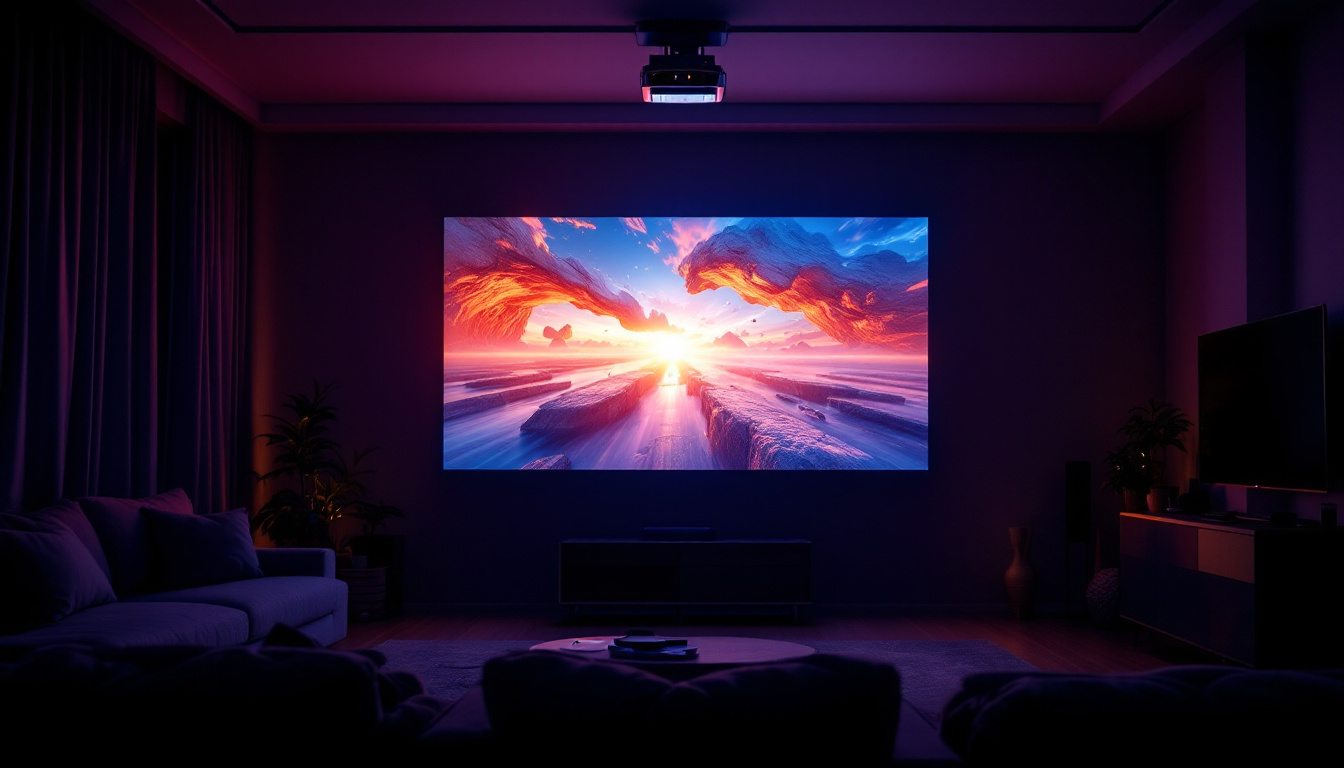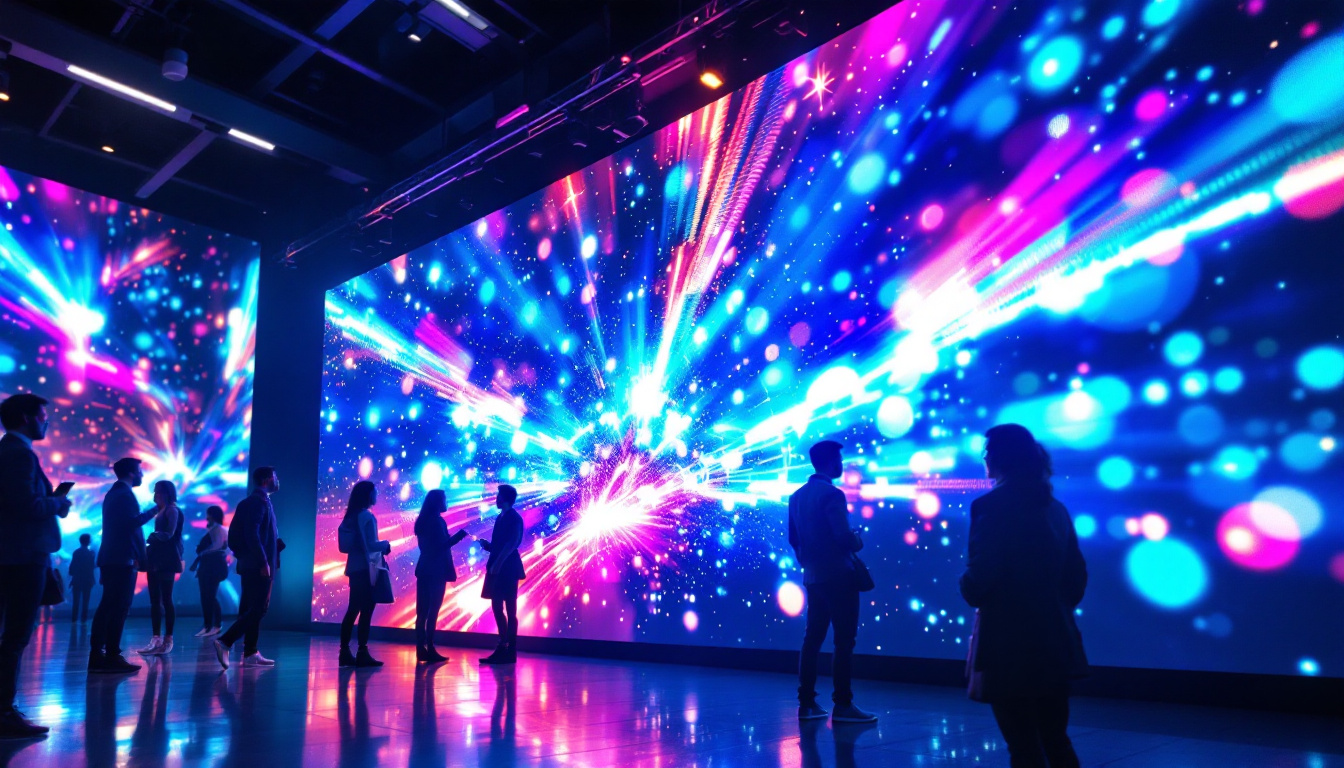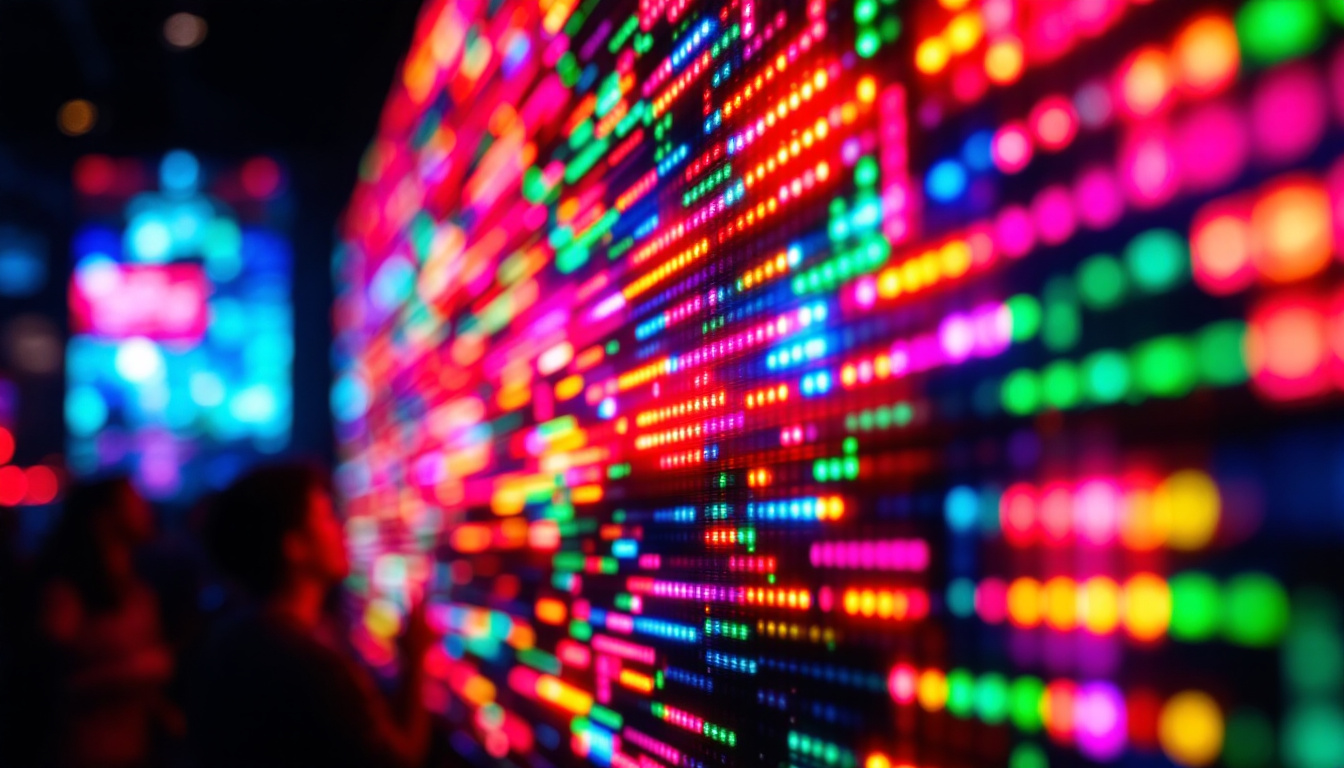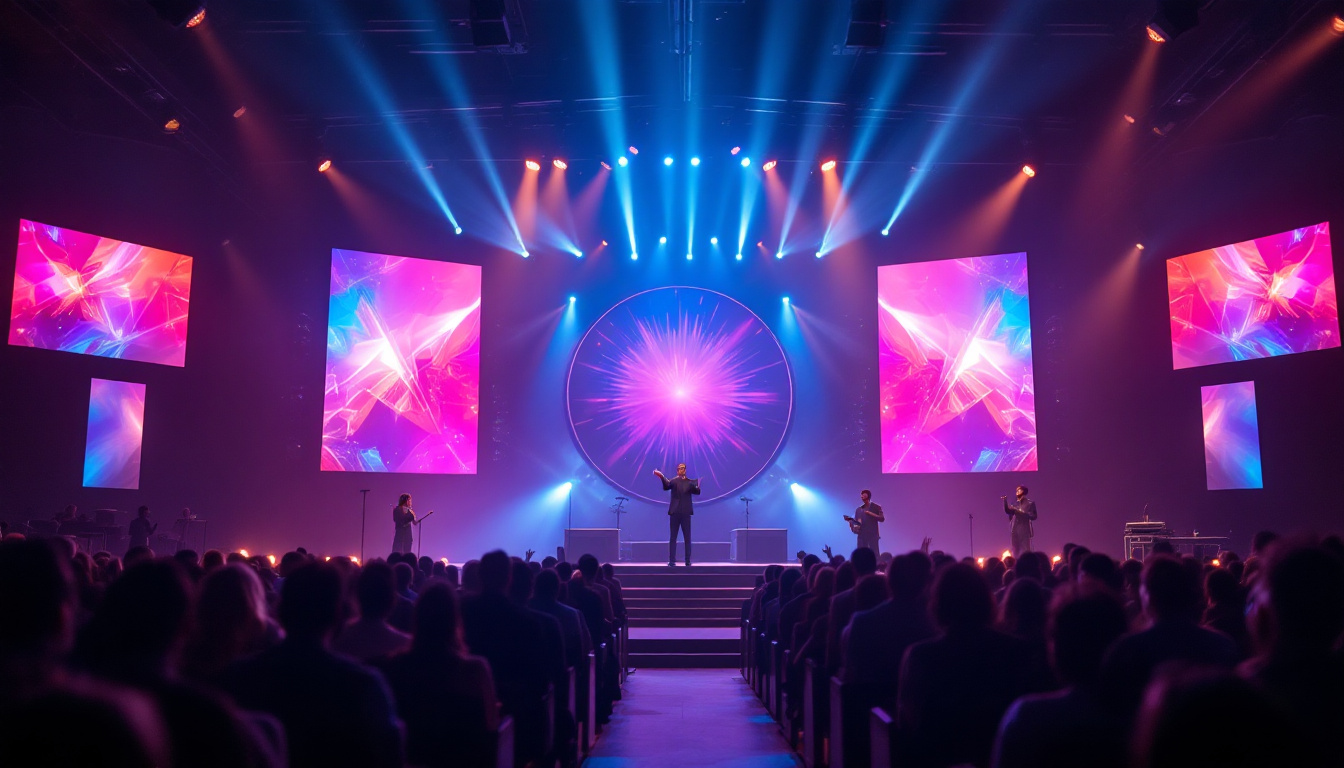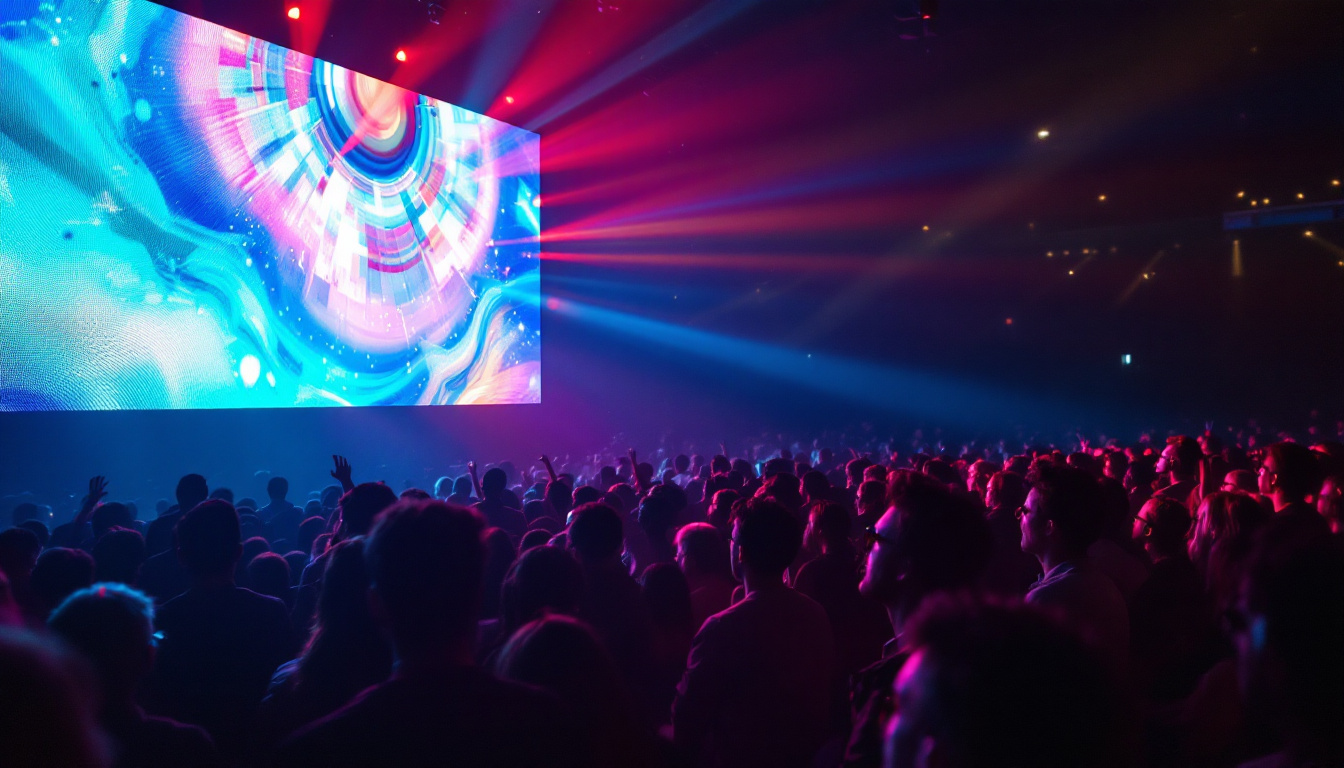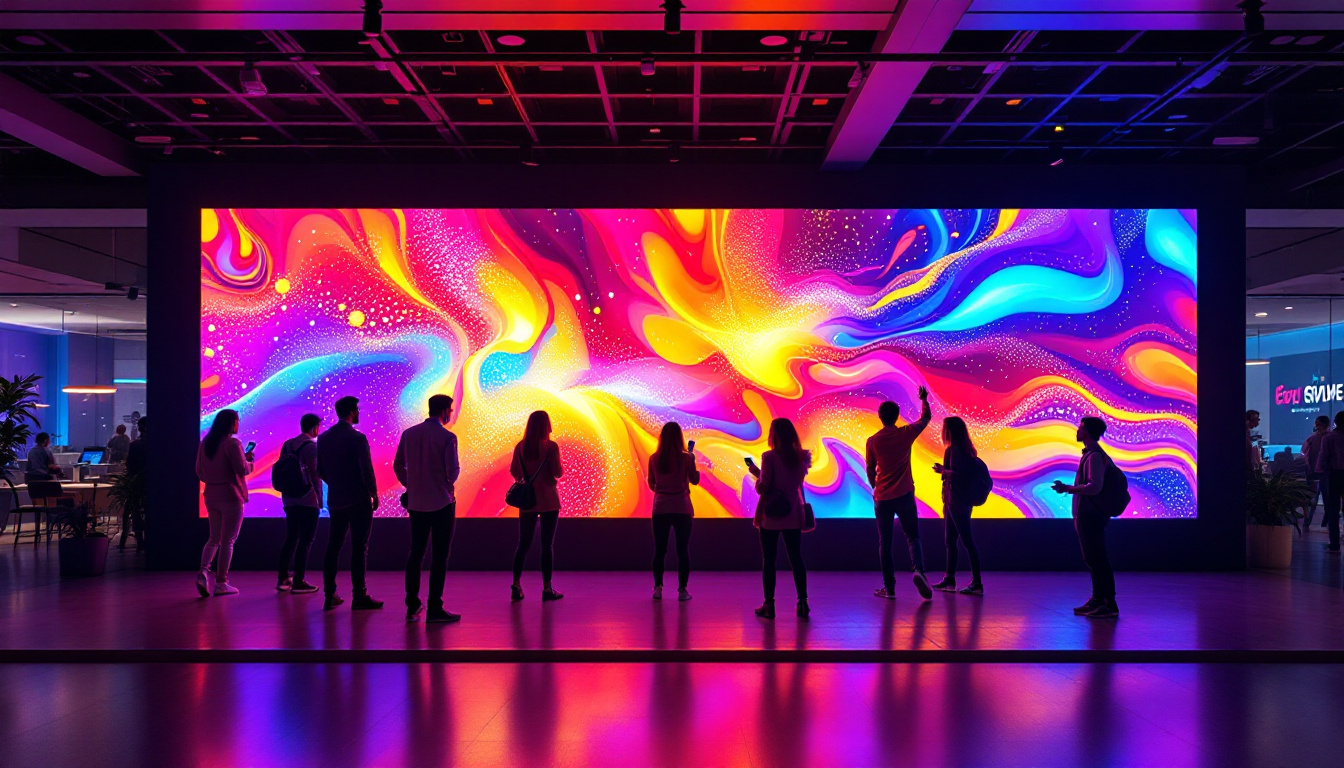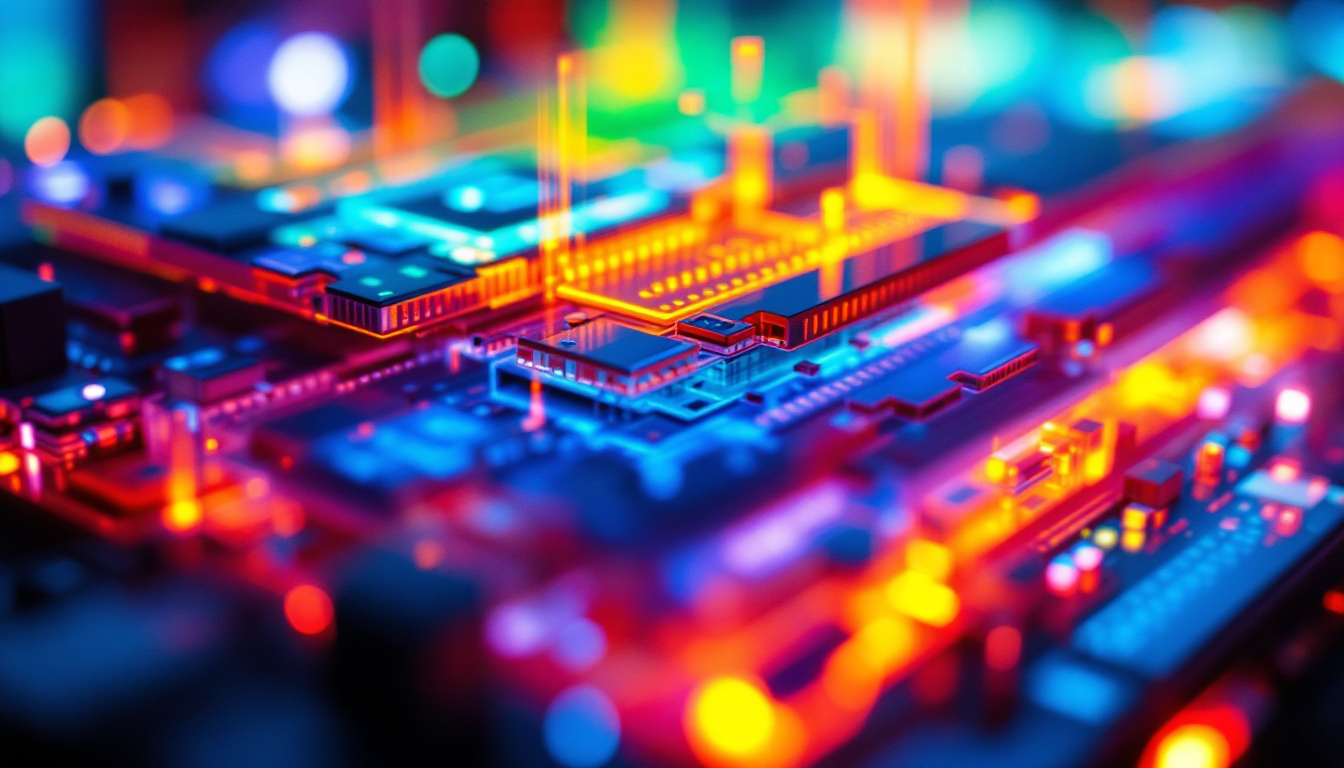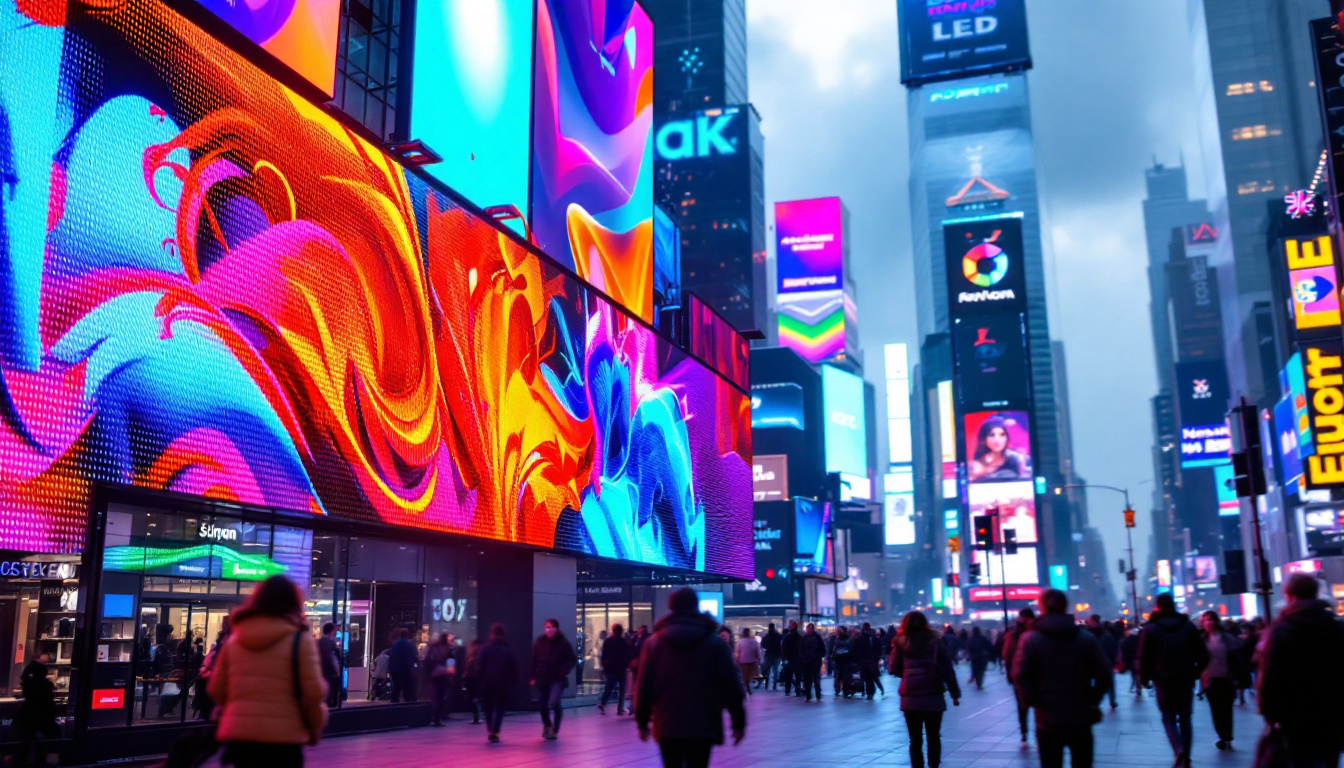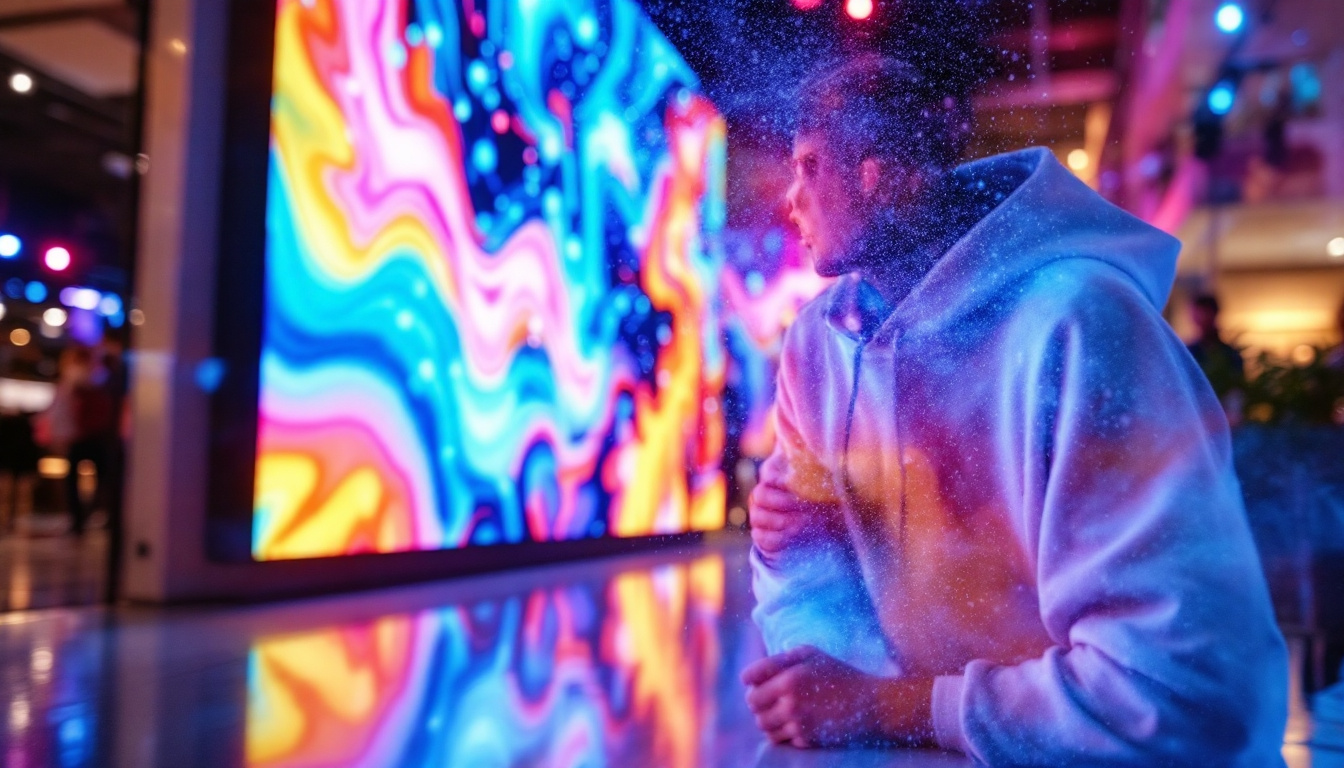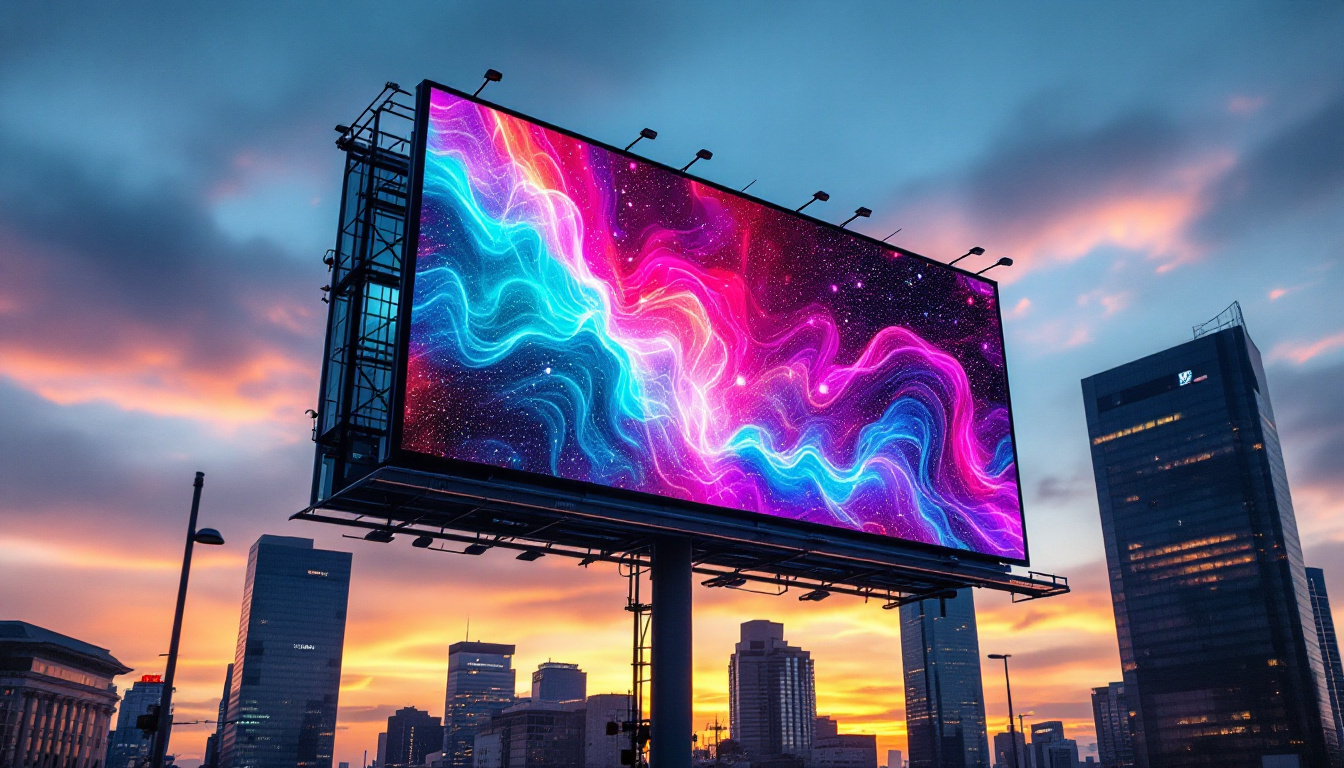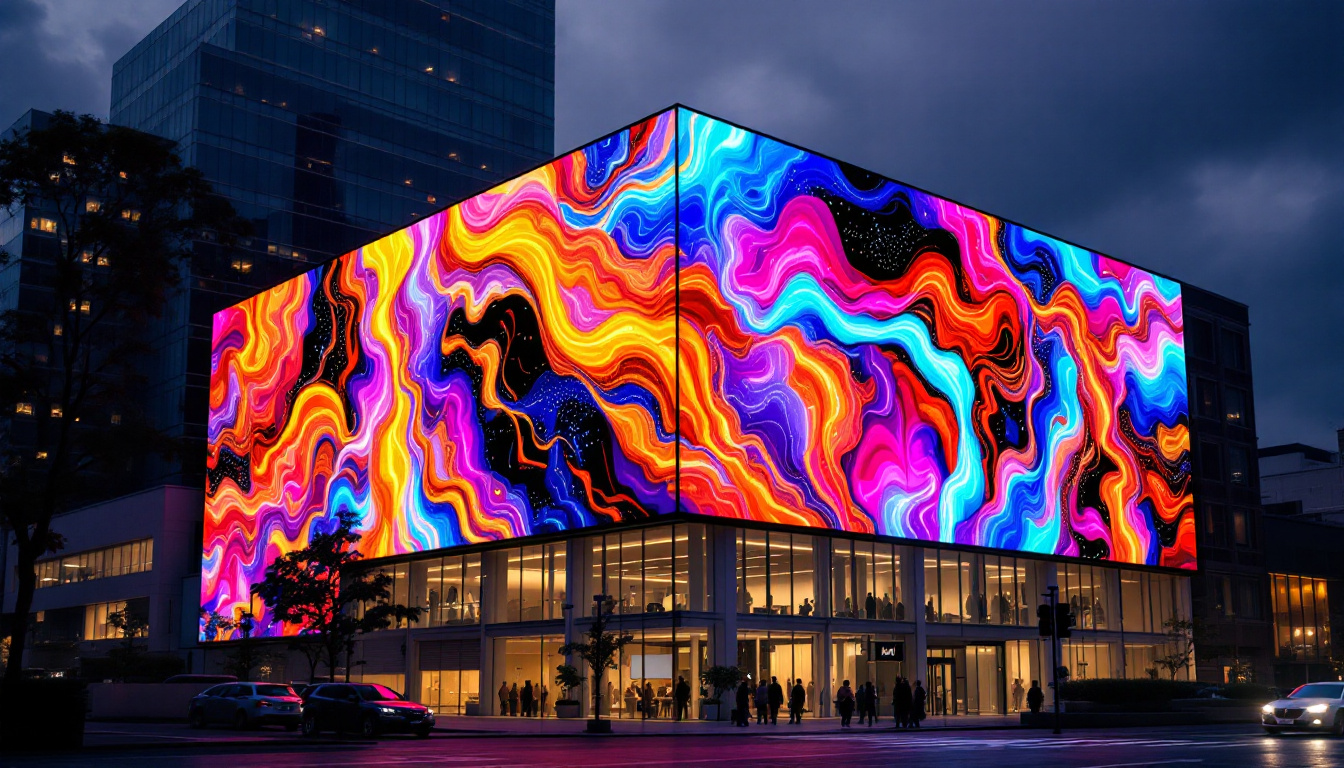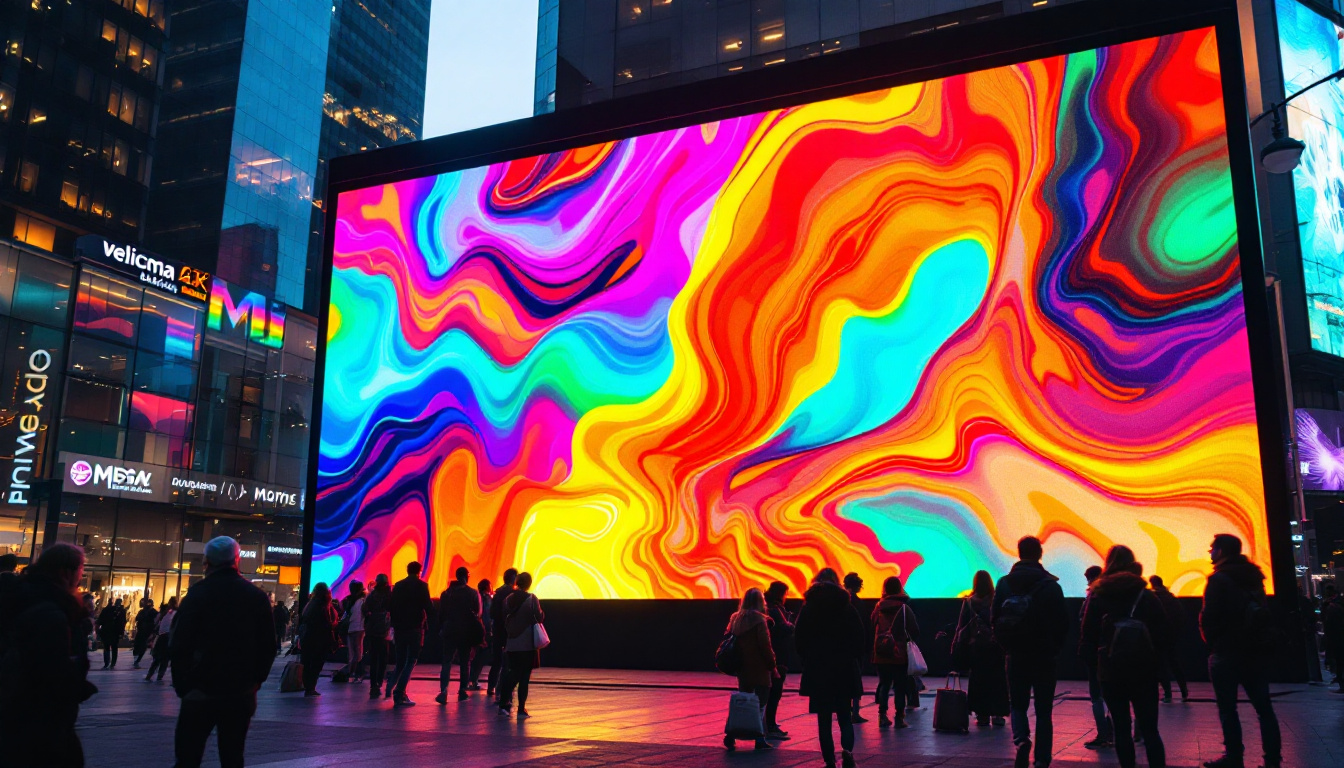The evolution of stadium technology has significantly transformed the way fans experience live events. At the heart of this transformation is the stadium jumbotron, a large LED display that serves as a central hub for information, entertainment, and engagement. This article delves into the intricacies of LED displays, their functionality, and their impact on sports and entertainment venues.
Understanding LED Technology
Light Emitting Diodes (LEDs) are semiconductor devices that emit light when an electric current passes through them. This technology has revolutionized the display industry, offering brighter, more energy-efficient alternatives to traditional lighting and display systems. The compact size and versatility of LEDs have made them a popular choice not only for commercial applications but also for residential lighting solutions, enhancing both aesthetics and functionality in homes.
How LEDs Work
LEDs consist of a chip made from a combination of materials, typically gallium, arsenic, and phosphorous. When electricity flows through the chip, it excites the atoms, causing them to emit photons, or light particles. The color of the emitted light depends on the materials used in the chip. For instance, different combinations of semiconductor materials can produce a spectrum of colors, from warm whites to vibrant reds and blues, allowing for endless creative possibilities in lighting design.
In the context of jumbotrons, these tiny light sources are arranged in a grid format, allowing for the creation of large-scale images and videos. The resolution of the display is determined by the density of the LEDs; more LEDs per square meter result in higher resolution and clearer images. This capability has transformed the way audiences experience live events, as stunning visuals can now be projected with remarkable clarity, enhancing the overall atmosphere of concerts, sports games, and public gatherings.
Benefits of LED Displays
LED displays offer several advantages over traditional display technologies. They are more energy-efficient, consuming less power while providing brighter images. This efficiency not only reduces operational costs but also minimizes the environmental impact of stadium operations. The reduced energy consumption contributes to lower carbon footprints, aligning with global sustainability goals and making LED technology a preferred choice for eco-conscious organizations.
Additionally, LED displays have a longer lifespan compared to other technologies, making them a cost-effective investment for stadiums. Their durability allows them to withstand various weather conditions, ensuring they remain functional and visually appealing over time. Furthermore, the flexibility of LED technology enables dynamic content changes, allowing venues to easily update advertisements or event information in real-time, thus maximizing engagement and revenue opportunities. The ability to create eye-catching animations and vibrant displays also plays a crucial role in attracting audiences and enhancing their overall experience at events.
The Role of Jumbotrons in Stadiums
Jumbotrons play a crucial role in enhancing the spectator experience during live events. They serve as a focal point for information dissemination, entertainment, and fan engagement, making them an integral part of modern stadium design.
Information Dissemination
One of the primary functions of a jumbotron is to provide real-time information to fans. This includes live game statistics, player information, and updates on game progress. By displaying this information prominently, jumbotrons enhance the overall viewing experience, allowing fans to stay informed and engaged throughout the event.
Moreover, jumbotrons can also display important announcements, such as safety information or event schedules, ensuring that attendees are well-informed during their time at the venue.
Entertainment and Engagement
Beyond information, jumbotrons are a source of entertainment. They often showcase replays, highlight reels, and fan interactions, creating a dynamic atmosphere that keeps spectators engaged. During breaks in play, jumbotrons can display promotional content, advertisements, or even interactive games that encourage fan participation.
Furthermore, the use of high-definition video and vibrant colors allows for captivating visuals that enhance the overall ambiance of the event. This engagement is particularly important in a competitive entertainment landscape, where creating memorable experiences is essential for fan retention.
Design and Installation of Jumbotrons
The design and installation of jumbotrons involve careful planning and consideration. Factors such as location, size, and viewing angles are critical in ensuring that the display serves its intended purpose effectively.
Location and Size Considerations
Choosing the right location for a jumbotron is crucial. It should be positioned where it can be easily seen by the majority of spectators, typically at the center of the stadium or arena. The size of the display should also be proportional to the venue; larger stadiums may require bigger screens to ensure visibility from all seating areas.
Additionally, the height at which the jumbotron is installed plays a significant role in visibility. A display that is too low may obstruct views, while one that is too high may be difficult for fans to see clearly. Balancing these factors is essential for maximizing the effectiveness of the display.
Technical Installation
The installation of a jumbotron involves a complex integration of hardware and software. This includes mounting the display securely, connecting it to power sources, and integrating it with the stadium’s existing technology systems. Proper calibration is also necessary to ensure that the display functions optimally, providing clear images and accurate colors.
Moreover, maintenance is an ongoing consideration. Regular checks and updates are essential to keep the display in top condition, ensuring that it continues to meet the demands of live events and remains a reliable source of information and entertainment for fans.
Innovative Features of Modern Jumbotrons
As technology continues to advance, so do the features of jumbotrons. Modern displays incorporate a variety of innovative technologies that enhance their functionality and appeal.
Interactive Capabilities
Many contemporary jumbotrons feature interactive capabilities, allowing fans to engage with the display in real-time. This can include social media integration, where fans can see their posts or photos displayed on the jumbotron, creating a sense of community and participation.
Additionally, some jumbotrons utilize augmented reality (AR) technology, allowing for immersive experiences that blend digital content with the physical environment. This can enhance fan engagement, making events more memorable and exciting.
High Dynamic Range (HDR) and 4K Resolution
Modern jumbotrons often feature high dynamic range (HDR) capabilities, which enhance the contrast and color accuracy of the displayed images. This results in more vibrant visuals that captivate audiences and improve the overall viewing experience.
Furthermore, the adoption of 4K resolution in jumbotrons allows for incredibly detailed images, making it possible to display intricate graphics and videos without pixelation. This level of clarity is particularly beneficial for showcasing replays and highlight reels, ensuring that fans do not miss a moment of the action.
Case Studies: Successful Jumbotron Implementations
Several stadiums around the world have successfully integrated jumbotrons into their venues, enhancing the fan experience and setting new standards for entertainment.
AT&T Stadium
Home to the Dallas Cowboys, AT&T Stadium features one of the largest jumbotrons in the world. This massive display spans 160 feet across and 72 feet high, providing fans with stunning visuals and an immersive experience. The jumbotron is capable of displaying high-definition content, including live game footage, replays, and interactive features that engage fans throughout the event.
The integration of the jumbotron has transformed the stadium experience, allowing fans to enjoy the game from any seat while also providing entertainment during breaks in play. This innovative approach has set a benchmark for other stadiums looking to enhance their facilities.
Mercedes-Benz Stadium
Mercedes-Benz Stadium in Atlanta is another exemplary case of jumbotron implementation. The stadium features a circular, 360-degree video board that provides a unique viewing experience. This display not only showcases game footage but also allows for dynamic advertising and fan engagement opportunities.
The design of the jumbotron complements the stadium’s architecture, creating a visually stunning environment that enhances the overall atmosphere of events. The innovative use of technology has made Mercedes-Benz Stadium a leader in the sports and entertainment industry.
The Future of Jumbotrons
As technology continues to evolve, the future of jumbotrons looks promising. Emerging trends indicate a shift towards even more interactive and immersive experiences for fans.
Artificial Intelligence Integration
Artificial intelligence (AI) is poised to play a significant role in the future of jumbotrons. AI can analyze fan behavior and preferences, allowing for personalized content delivery that enhances engagement. For example, AI could tailor advertisements based on audience demographics or suggest interactive experiences that resonate with specific fan groups.
This level of personalization could lead to more meaningful interactions between fans and the stadium experience, fostering a deeper connection to the events and the teams they support.
Enhanced Connectivity
With the rise of 5G technology, jumbotrons will likely become even more connected, allowing for real-time updates and interactions. This enhanced connectivity can facilitate live polling, instant replays, and social media interactions that engage fans in new and exciting ways.
As connectivity improves, the potential for innovative applications of jumbotrons will expand, making them an even more integral part of the live event experience.
Conclusion
The stadium jumbotron has evolved from a simple display to a multifaceted tool that enhances the fan experience in numerous ways. Through advanced LED technology, innovative features, and strategic design, jumbotrons have become essential components of modern sports and entertainment venues.
As technology continues to advance, the future of jumbotrons promises even greater engagement and interactivity, ensuring that they remain at the forefront of enhancing live event experiences. For stadiums looking to attract and retain fans, investing in high-quality jumbotron technology is not just an option; it is a necessity.
Illuminate Your Venue with LumenMatrix
Ready to elevate the fan experience and bring your venue into the future? Discover the transformative power of LumenMatrix’s advanced LED display modules. With solutions ranging from Indoor and Outdoor LED Wall Displays to innovative LED Sports and Transparent Displays, LumenMatrix is at the forefront of creating immersive visual experiences that captivate audiences and amplify your message. Don’t just keep up with the trends—set them. Check out LumenMatrix LED Display Solutions today and see how we can illuminate your space with unparalleled clarity and impact.

